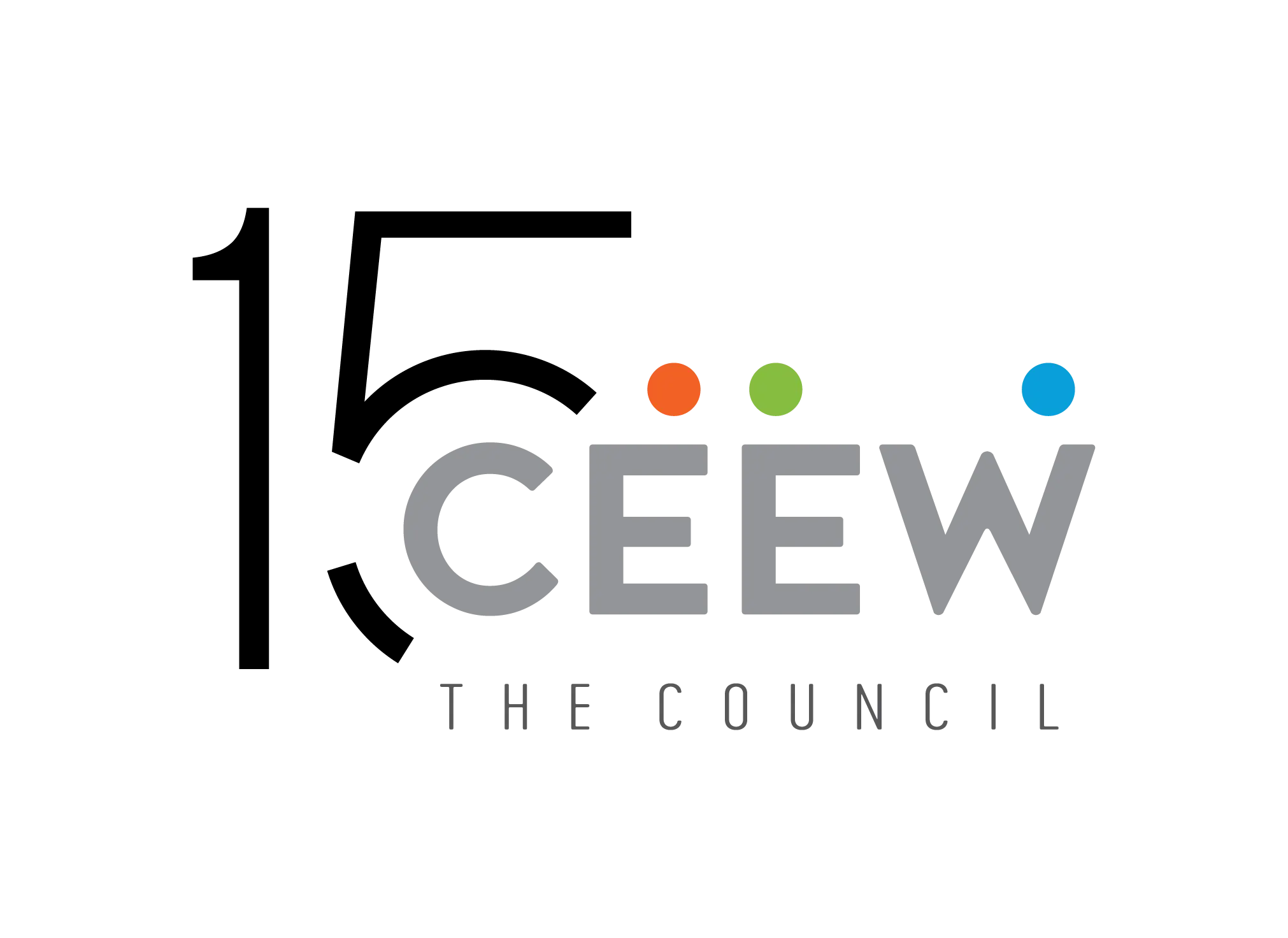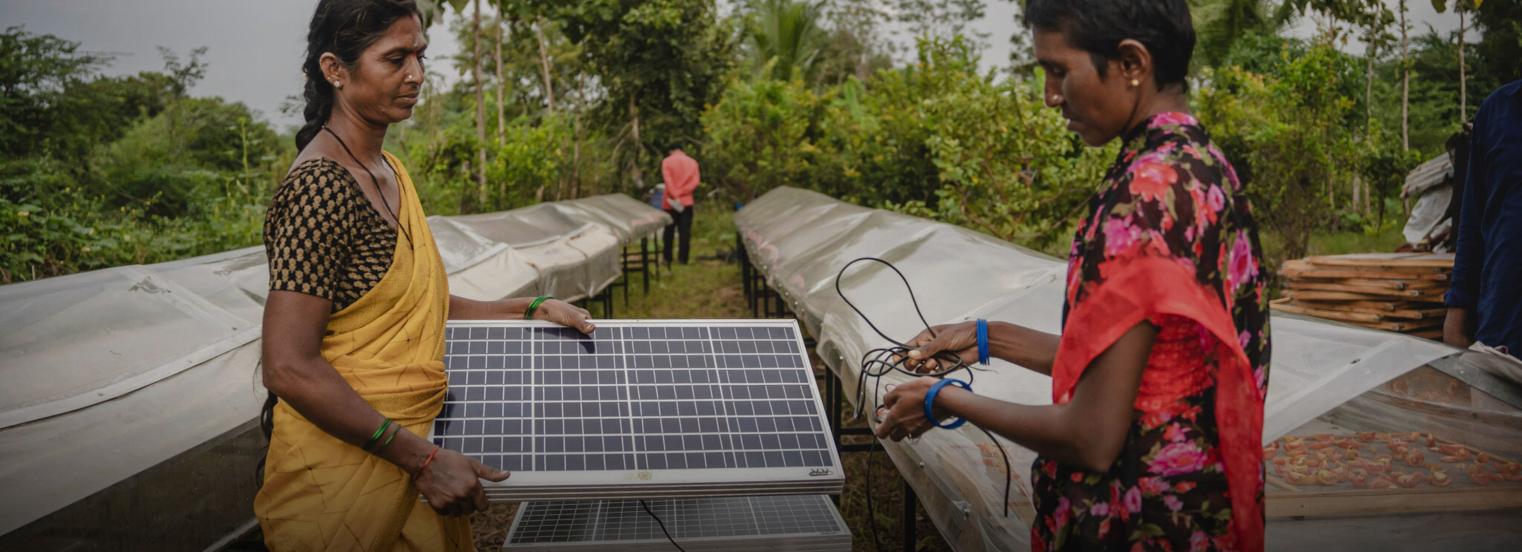




How do we ensure that India’s development aspirations are not at odds with its climate ambitions but instead leverage the latter? How can the clean energy transition contribute to increasing jobs and income? How can we mainstream climate-resilient jobs and livelihoods in a just and inclusive manner?
The Sustainable Livelihoods programme at the Council answers these questions and helps turn these answers into on-ground reality. We (i) identify and seize opportunities for green jobs and sustainable livelihoods, (ii) inform national and sub-national policies to further such opportunities, (iii) suggest transition pathways towards just and resilient economic opportunities, (iv) and support the development of market-ecosystem to mainstream green jobs and sustainable livelihoods.
The rapidly evolving programme currently focuses on identifying and mainstreaming the economic and livelihood potential of (i) energy transition, (ii) decentralised renewables to power livelihoods (Powering Livelihoods), (iii) bioeconomy, (iv) circular economy, (v) and nature-based solutions.

Fellow & Director - Powering Livelihoods

Programme Associate

Research Analyst

Research Analyst

Programme Lead

Senior Communications Associate

Programme Associate

Senior Programme Lead

Research Analyst
Comments
India Development Review
Are DRE Technologies the Future of Rural Livelihoods?
Angarika Gogoi, Divya GaurCNBC
Why India’s Sustainability Policy Needs To Factor Food, Water and Land Together
Nitin Bassi, Garima TanejaConnecting Dots
Solar Dryers to Silk Reeling – How To Take Clean Tech to Rural India
Divya Gaur, Mousumi Kabiraj